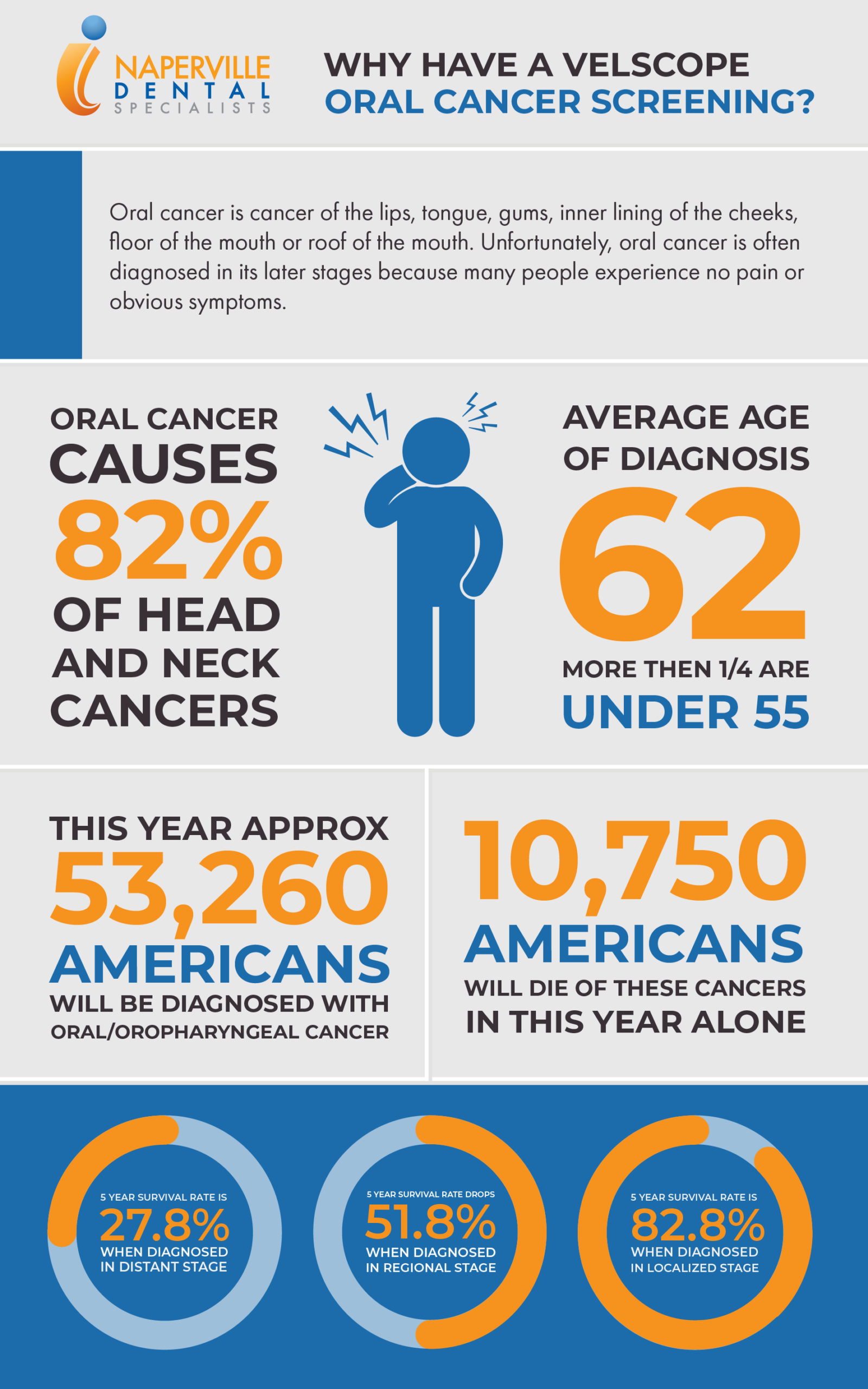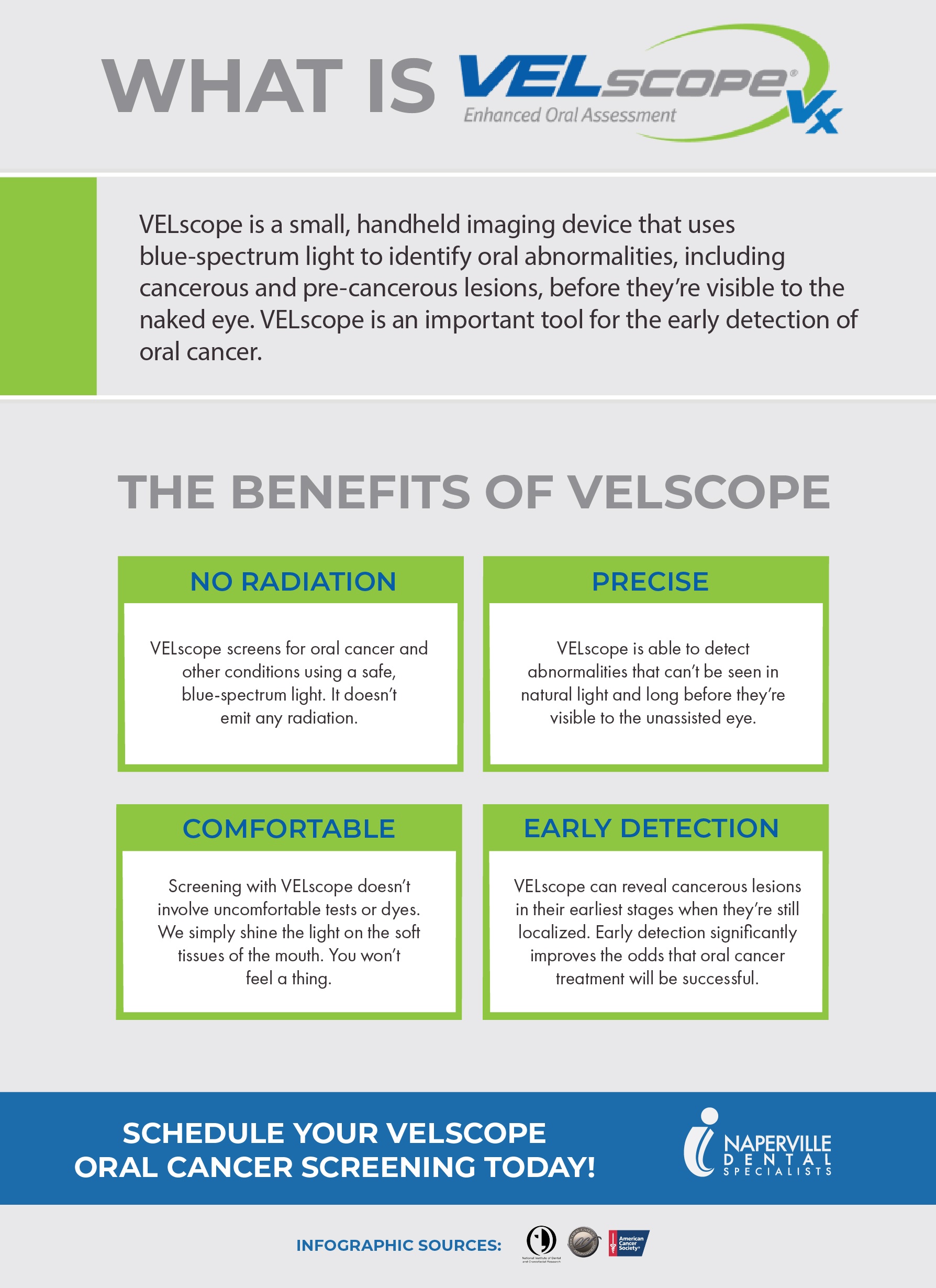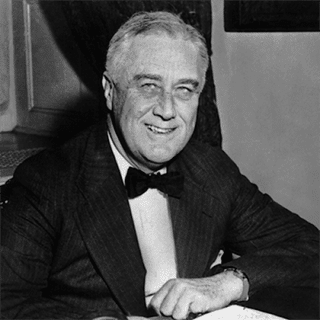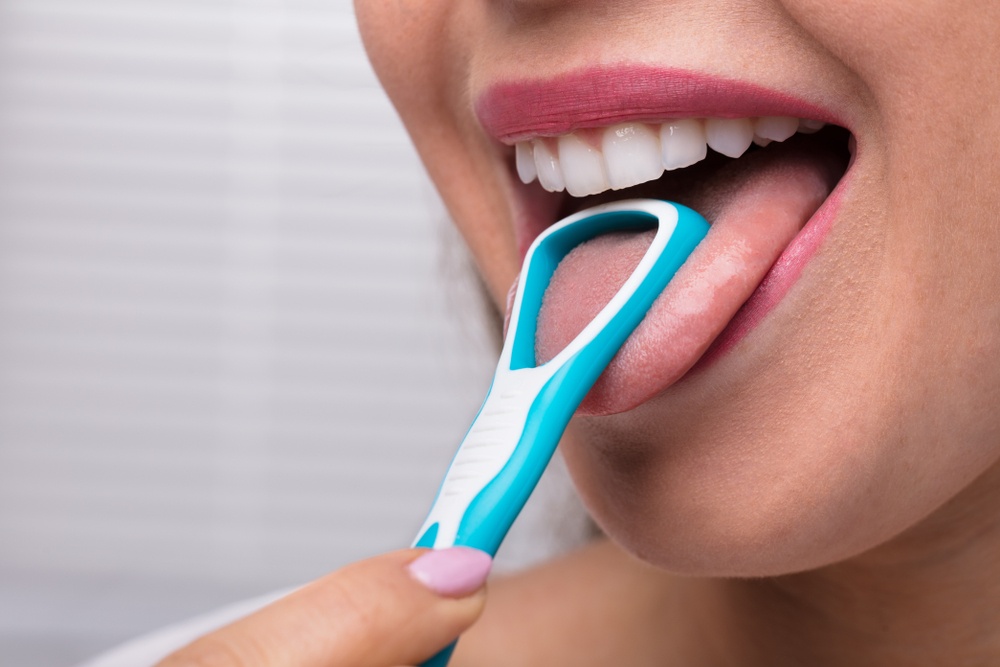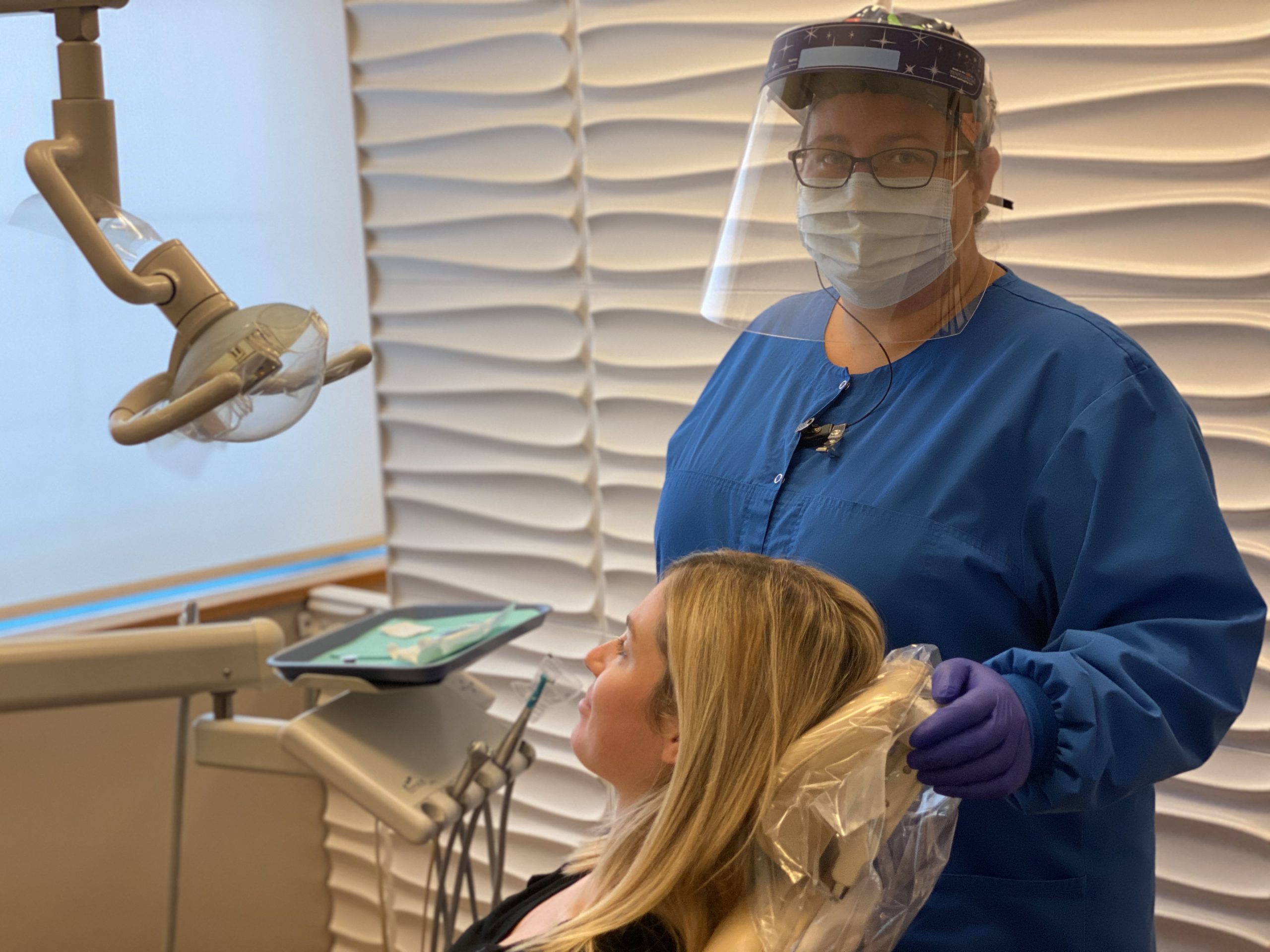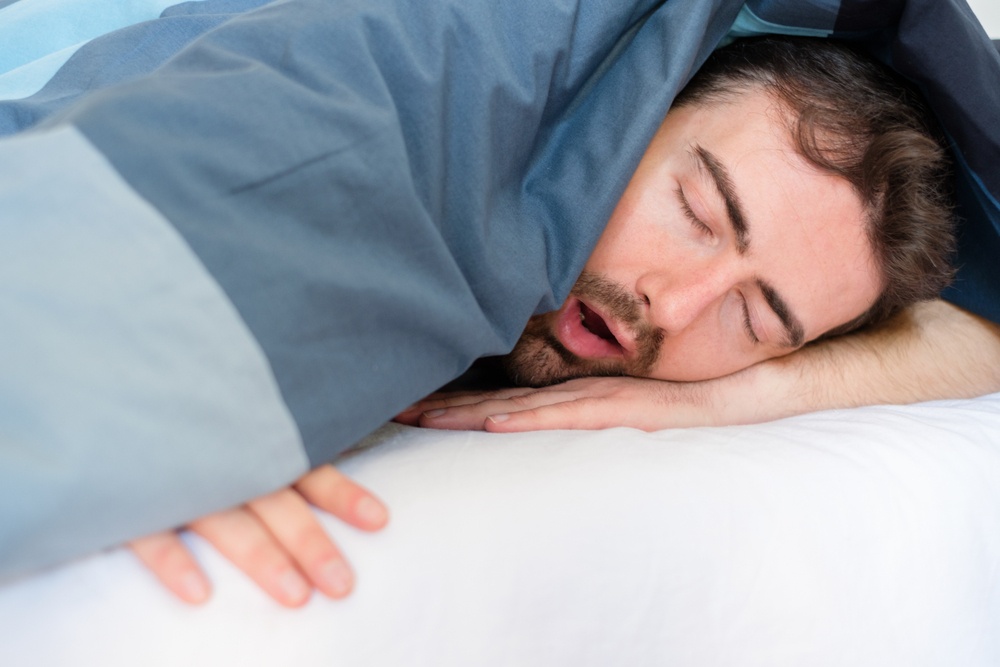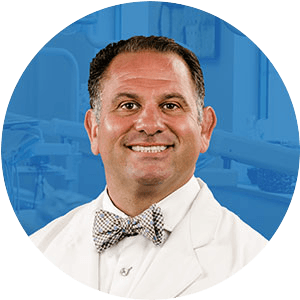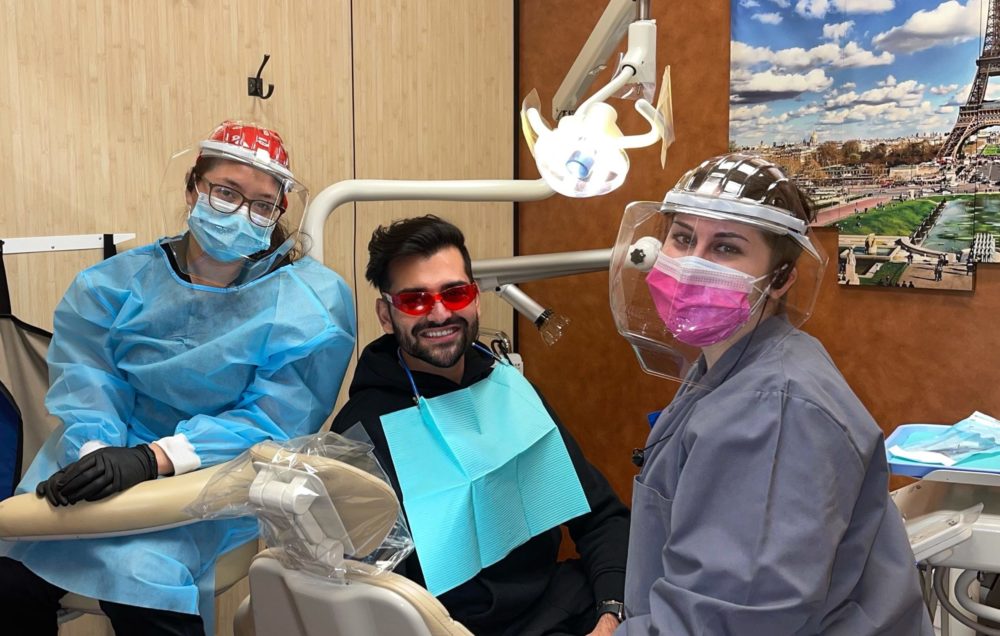
Whether you celebrated Valentine’s Day this year or not, we know one area of your life that could always benefit from a little TLC and that’s your oral health. Having healthy teeth and gums will help you look and feel your best. Of course, you’re already brushing your teeth twice a day and flossing daily (right?), but there are other simple habits you can adopt as well for a brighter, healthier smile and our Naperville dentists are sharing.
Chew Sugarless Gum After Meals
Chewing gum might not sound like something that would make a list of tips for healthy teeth, but sugarless gum is a sneaky oral health superhero. Chewing gum has a number of oral health benefits, including encouraging saliva production. Saliva helps wash away food debris, plaque and bacteria and remineralizes the teeth after the acid attacks that occur whenever you eat or drink.
While any sugarless gum will do the trick, choosing one with xylitol can be even more helpful. Xylitol is thought to kill harmful bacteria in the mouth and reduce the risk of tooth decay. (Purely Trident Sugar-Free Gum with Xylitol and Pur Sugar-Free Gum both fit the bill!) Rinsing your mouth after meals and snacks is another great smile care tip, but if you’re unable to rinse, chew sugarless gum, or for the best results, rinse and then chew gum.
Add Mouthwash to Your Oral Hygiene Routine
When it comes to how to have healthy teeth and gums, mouthwash is underrated. Of course, brushing and flossing are paramount, but including mouthwash in your oral hygiene routine can also go a long way in improving your oral health. There are cosmetic mouthwashes meant solely to mask bad breath and, while having fresh breath is nice, these formulas don’t do much as far as boosting the health of your teeth and gums.
Instead, therapeutic mouthwashes, like those that contain fluoride, peroxide, chlorhexidine and/or cetylpyridinium chloride are your best bet. Depending on the formulation or ingredients, these mouthwashes can reduce your risk of tooth decay, kill the bacteria that cause gingivitis, control plaque and whiten the teeth. Mouthwash is also good for getting the hard-to-reach places you may have missed with your toothbrush and floss. Some of our favorites, include:
- Crest Pro-Health Multi-Protection Mouthwash
- Listerine Gum Therapy Anti-Gingivitis Mouthwash
- ACT Total Care Dry Mouth Anticavity Mouthwash
- CloSYS Sensitive Antimicrobial Mouthwash
Invest in a Water Flosser
A waterpik, or water flosser, isn’t a replacement for flossing with dental floss. You’ll still want to use dental floss once daily in addition to using a water flosser. That said, a waterpik is an amazing tool for getting a brighter smile and healthy teeth and gums. It’s able to address nooks and crannies that are difficult to reach to dislodge food particles, improve the health of your gums and wash away plaque.
Floss Before Brushing
There have been some articles popping up about the order of flossing and brushing. There was even a recent study on whether to floss or brush first. The results are what we’ve always told our Naperville general dentistry and cosmetic dentistry patients, which is flossing before brushing removes significantly more plaque. Flossing loosens the bacteria and food particles between the teeth, and then brushing followed by rinsing further clears everything from the mouth.
Don’t Always Reach for Your Toothbrush Right Away
While, yes, you should brush your teeth every morning, it’s not always ideal to do it immediately after breakfast. In fact, it’s probably better to brush your teeth before breakfast. We know, we know, no one wants to enjoy their glass of orange juice right after having toothpaste in their mouth. However, brushing won’t just rid your mouth of the bacteria and plaque that accumulated overnight, your fluoride toothpaste will also create an invisible coating on your teeth that can create a temporary barrier to protect against acidic foods and drinks.
If you have something acidic, like orange juice, for breakfast or at any time of day, the American Dental Association recommends you wait 60 minutes after eating or drinking before brushing your teeth. This is because brushing can damage the enamel that’s been weakened by the acidity. Waiting an hour allows the pH in your mouth to return to normal, so your teeth can withstand your toothbrush.
Enjoy Some Key Beverages and Foods for Gum Health
Your gums support your teeth and gum disease can result in the deterioration of tissue and bone. Ultimately, in extreme cases, this leads to tooth loss, which, obviously, won’t help your smile look healthy and bright. Show your gums love and your teeth will thank you.
There are a number of foods and drinks that are a boon to periodontal (gum) health. Omega-3 fatty acids, like those found in salmon, tuna, pistachios and sesame seeds, can help reduce inflammation, decreasing your risk of developing gum disease. Vitamin C is also key to boosting your immune system, fighting bacteria and helping gum tissue regenerate. Incorporating red and green bell peppers, oranges and broccoli can increase your vitamin C intake.
Studies have also found that the polyphenols found in unsweetened green tea and black tea are great for encouraging healthy gums. Green tea, in particular, contains flavonoids that lower inflammation and inhibit the growth of periodontal bacteria, lessening the risk of gum disease. For people who already have gum disease, green tea may slow its progression and prevent bone loss.
Watch the Sugar and Carbs
Your diet and dental health are closely linked. The bacteria in the mouth feed on sugars and starches, and when they do, they release acids that eat away at tooth enamel, which can lead to cavities. While having sugars and starches in moderation is fine, particularly if you practice good oral hygiene, an excessive amount can increase your risk for tooth decay and gum disease.
Enjoy sugary treats, particularly if they’re sticky and will sit on the teeth for long periods of time, on special occasions and try to limit sugary drinks, especially if they’re also acidic, like soda, sports drinks and energy drinks, as much as possible. Simple carbohydrates (we’re looking at you, potato chips and white bread) should also be eaten in moderation.
Instead, focus on eating a well-rounded, balanced diet with lean proteins, a variety of fruits and vegetables, complex carbohydrates, healthy fats and calcium-rich food (either dairy, dairy substitutes or veggies). Be sure to also incorporate food for healthy teeth like nuts, leafy greens, low-fat yogurt and hard cheeses. The nutrients and calcium in these options will help strengthen enamel and the supporting bone.
Raw, fibrous fruits and vegetables, such as carrots, celery and apples, are excellent foods for healthy teeth too, because they have the added benefit of scraping away bacteria and plaque as you eat them. Consider them nature’s toothbrushes.
Use a Whitening Toothpaste With Fluoride
Using a whitening toothpaste that contains fluoride is a great way to brighten your smile. Not only will the fluoride strengthen teeth and protect against cavities, the whitening ingredients will help banish surface stains. If you need more than just a bit of brightening, however, professional teeth whitening will get you much more dramatic results in a way that’s safe and doesn’t increase tooth sensitivity.
Our Naperville teeth whitening treatment eliminates the deeper, more set-in stains without damaging your enamel. Yet, even after professional teeth whitening, a whitening toothpaste will help you maintain your results and keep your smile dazzling between treatments.
Don’t Underestimate the Importance of Routine Dental Visits
We offer a full range of Naperville general dentistry services, including routine dental cleanings and exams. It can be tempting to put these appointments off when you’re not experiencing any dental problems. However, they’re really the key to maintaining healthy teeth and gums and catching problems early while they’re either reversible or easier to treat. Beyond that, during professional cleanings, we get rid of hardened plaque (tartar) that you can’t eliminate at home with a toothbrush, as well as surface stains, for an instantly whiter, healthier-looking smile.
Practice these nine simple habits to achieve a brighter, healthier smile and give your teeth and gums the love and care they deserve. If you’re interested in taking your smile health to the next level, whether with routine preventative care or our Naperville cosmetic dentistry services, schedule an appointment at Naperville Dental Specialists today online or by calling us at (630) 848-2010.



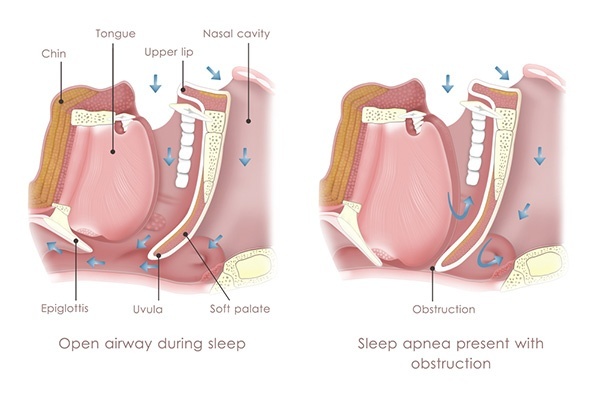 7 Tips for How to Get Better Sleep With Sleep Apnea
7 Tips for How to Get Better Sleep With Sleep Apnea 
